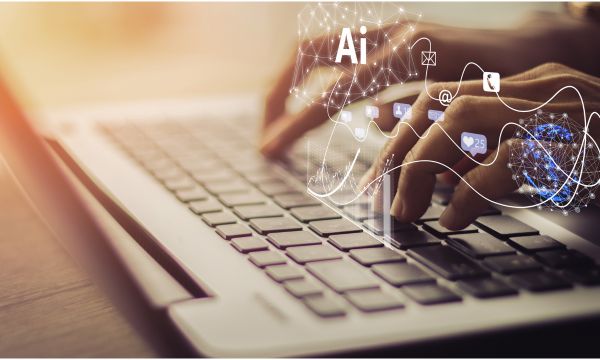

If the pandemic has taught us anything, it is this: change is inevitable. It comes when you expect it the most or when you expect it the least, but it comes nonetheless. While dealing with change is an ongoing process and can be unpleasant, raising awareness is the first step.
It is time to talk about the robotic elephant that will soon replace the real elephants in the room.
In the previous decade, the IT industry has witnessed the best of times and the worst of times. It has been flourishing but also struggling. We are amazed and perplexed at the dynamism in the industry because we are busy trying to find a way to deal with this sudden spur of activity. Let us take you on a virtual tour of changing scenarios in this industry to help you comprehend what is happening.
Generative AI: This concept (in the most recent forms of ChatGPT, Dall-E 2, Bard, Jasper, etc.) has disrupted industries, questioned careers, and opened up several possibilities. This technology creates novel outputs like videos, images, software code, and text. These AI tools have witnessed a growing presence as we discover more ways to apply this innovation. We may anticipate a complete transformation across the technical landscape in the coming years.
Edge Computing: In edge computing, owing to the distributed computing framework, data is processed closer to the source; this reduces latency issues, ensures better turnaround time and improves bandwidth. With this form of technology, it will be easier to gather deeper insights due to the real-time inflow of information and help improve the customer experience.
Advanced connectivity: Today, we are constantly trying to blur the distance between data and communication through better and sharper interconnectedness. 5G is yet another remarkable leap in the same direction to expand the scope of connectivity. As Qualcomm puts it, it is about connecting anyone and everything. It will allow for multi-Gbps data speed, improved latency, and assures a more uniform experience. The impact of this state-of-the-art is endless! Where do we even begin?
Co-managed solutions: Alongside technological advancement, IT management has evolved as we make room for newer business models. Today, specialised skill sets are distributed as well, just like data. Co-managed solutions allow for the virtual congregation of these specialised skill sets. A massive advantage of this business model is that co-managed teams can be dissolved once the project is complete; this saves on budget considerably.
Cyber-Security: With collaboration and connections increasing, doors, windows, and little nooks are now open to multiple possibilities. However, with great power comes greater responsibility; that is why you need better padlocks/Digi locks for your doors in the form of stringent trust architecture and data protection laws. Data breaches, automotive hacking, and cybersecurity maintenance are some of the primary concerns. Additionally, each advancement has its fair share of vulnerabilities that must be assessed and prepared for.
We have attempted a brief overview of the current scenario. So, what next?
We aim to embrace these changes; after all, it is the survival of the most adaptive. Here are a few measures we think can consciously help deal with:
Training programme/Smart skill set: The IT industry has been evolving continually; the current talent pool faces the challenge of meeting the growing demand for an advanced skill set. Companies must incorporate ‘smart skill set training’ into their learning programmes to counter the current scenario. Trainees will be able to acclimatize to the new developments; this will reduce resistance and help build on an adaptive mindset.
Digital integration: in the current scenario, technology has made its presence felt at every step in an organisation -biometric sign-ins, camera scanners, digital signatures, share drives, and virtual conferences. Companies must integrate ‘digital adoption’ into their KPI programmes and cultural value systems to motivate employees because digital integration is no longer a choice but a necessity today.
On-demand Specialists: On-demand specialists cater to the specific requirements to scale current operations. This singular focus on behalf of the on-demand experts will ensure higher productivity, improved response time and timely project delivery. The assembled teams can disband once the assignment is complete, which helps curtail expenses. An on-demand specialist can also be offered for an entire function as they facilitate end-to-end solutions.
Data Protection & Security Measures: This is the most vital adoption, as a sense of security encourages companies to conduct business without fear. Stringent cyber security measures must be part of MSAs, SLAs, and company policies to indicate a commitment to data protection.
Although we ought to keep up with the ongoing scenario, we must be mindful of a sense of overwhelm. We are in for the long haul; we might as well embrace changes steadily rather than burn out and crash. All things considered, it is a marathon, not a sprint.


